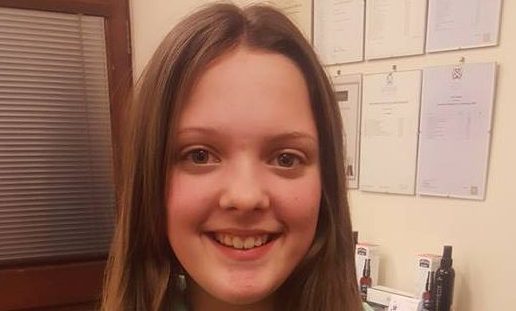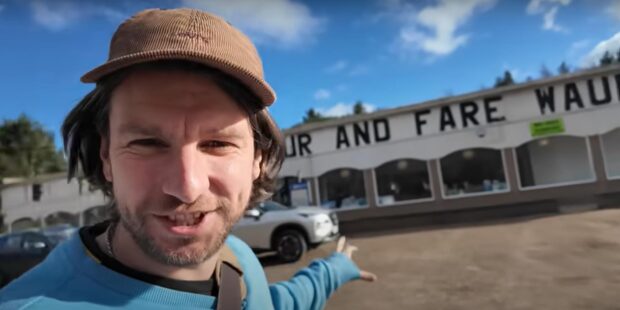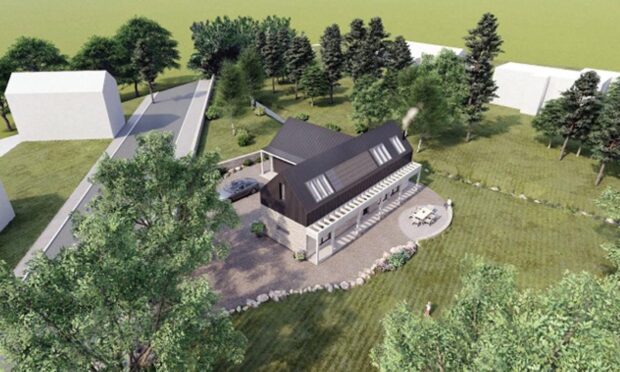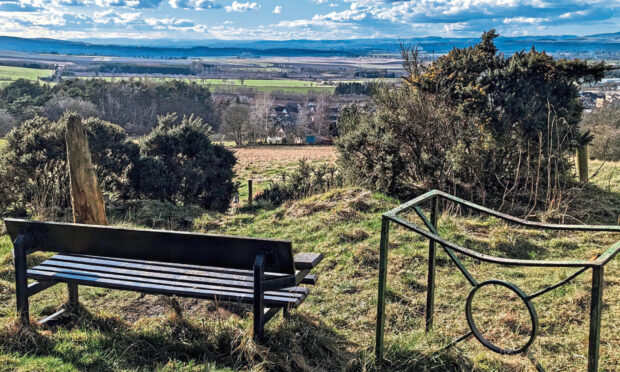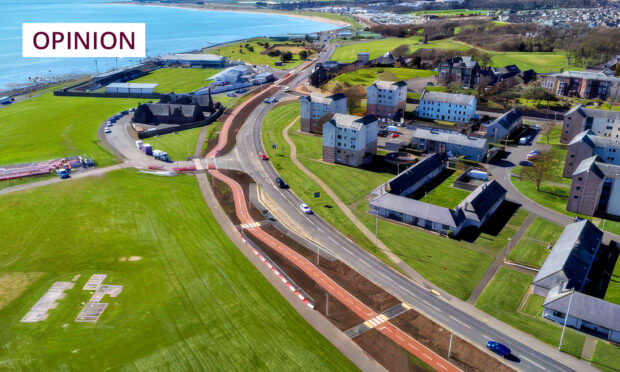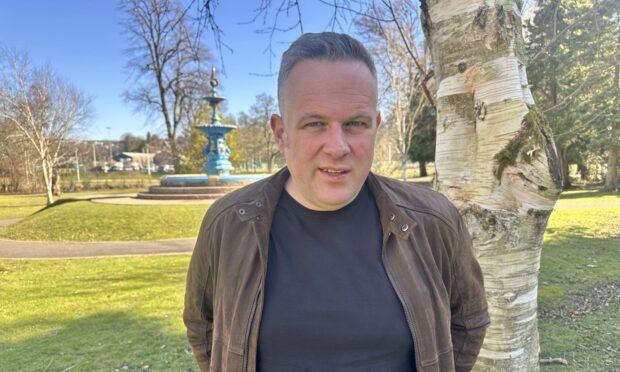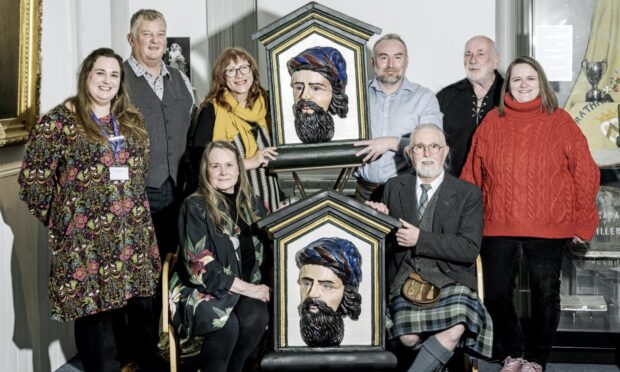An Angus girl who underwent pioneering surgery five years ago yesterday went back under the knife.
Brooke Ramsay, 12, from Carnoustie, was the first Scottish child to have selective dorsal rhizotomy (SDR) paid for by the NHS to have spasticity in her lower limbs reversed in 2012.
But, as she continues to grow, she’s had a fight to try to walk like any other youngster.
Brooke can no longer get her heels down while walking, despite physiotherapy, which meant she required a further operation at Dundee’s Ninewells Hospital to get her heel cords lengthened.
It is the fifth operation she has undergone in her young life.
Dad Stewart said: “This has been something that Brooke has tried to avoid ever since having SDR, but unfortunately they are very tight which has been causing her to walk on her toes again.
“Although she still works extremely hard with her physio, this couldn’t be avoided.
“She will be in casts for six weeks and has been offered a wheelchair. Her reply to that was ‘that’ll be right!’.
“She has told us that she is going back to school on Wednesday as she doesn’t want to miss her work.”
Parents Stewart and Laura said they were extremely proud of their daughter who developed a form of cerebral palsy after being born prematurely.
An x-ray in 2015 showed that while the effects of cerebral palsy had been changed, she developed knock knees, which causes the feet and ankles to be further apart than normal and can lead to difficulty walking as well as knee pain and a limp.
Brooke had metal plates inserted into her knees to try to straighten them but required yesterday’s heel cord operation which would normally happen at the age of 14.
Cerebral palsy is a condition which takes different forms and effects every individual differently.
Brooke was diagnosed with spastic diplegia.
Her muscles in both legs were extremely tight which caused her to walk on her tip-toes.
As a result her balance was poor and she was prone to falling.
